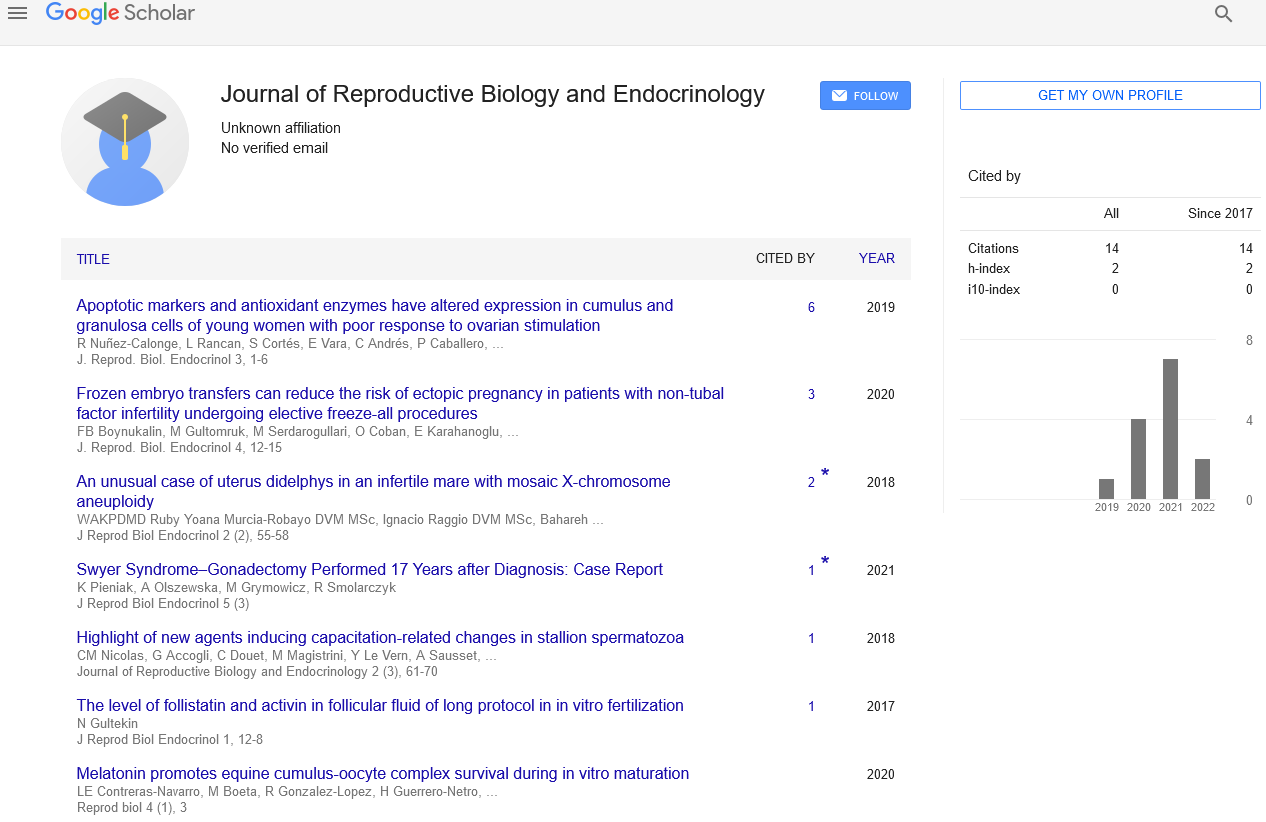
Sign up for email alert when new content gets added: Sign up
Abstract
Effects of various clinical factors after embryo cryopreservation on pregnancy outcome
Author(s): Aron Walker*Oocyte and embryo cryopreservation is a critical stage in the distribution and conservation of animal genetic resources. The ideal protocol has not yet been developed since oocytes and early embryos are extremely sensitive to freezing and cryopreservation, despite recent advancements. The magnitude of the harm, aswell as variations in survival and developing rates, can be very diverse depending on the species,developmental stage, and origin of the oocytes and embryos. All oocytes and embryos sustain significant morphological and functional damage duringcryopreservation (for example, in vitro produced or in vivo derived, micro manipulated or not). Currently, slow freezing and verification are the two processes used to preserve gametes and embryos. High concentrations of penetrating cryoprotectants are commonly present in solutions used for verification or fast cooling of embryos. Embryos can only withstand the penetrating cryoprotectants at these concentrations for brief periods of timebefore suffering harm. This study developed and evaluated cryoprotectant mixtures that contained low penetrating cryoprotectant concentrations and high polymer concentrations. Up to 15 minutes of exposure to 30 wt% solutions of the polymers fecal 70,000 MW or dextran 69,000 MW at room temperature had no detrimental effects on the development of mouse 2 cellembryos. However, even after thorough dialysis against Milli-Q water, our batches of Polyvinylpyrrolidone (PVP) 10,000 and PVP 40,000 were embryo toxic. In patients with infertility, three dimensional ultrasound can be used asa screening approach to find uterine anomalies. After surgical hysteroscopy, we discovered a considerable improvement in the reproductive outcome.
Full-Text | PDF




